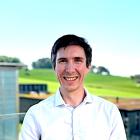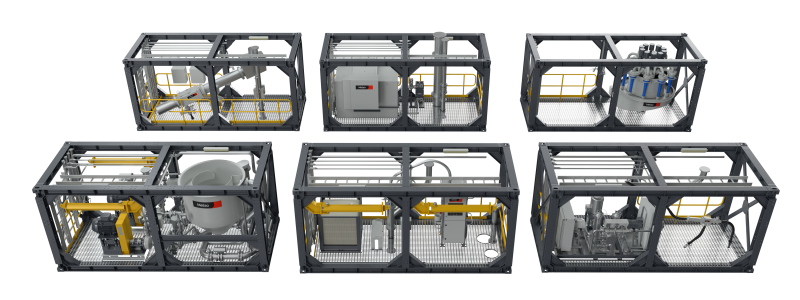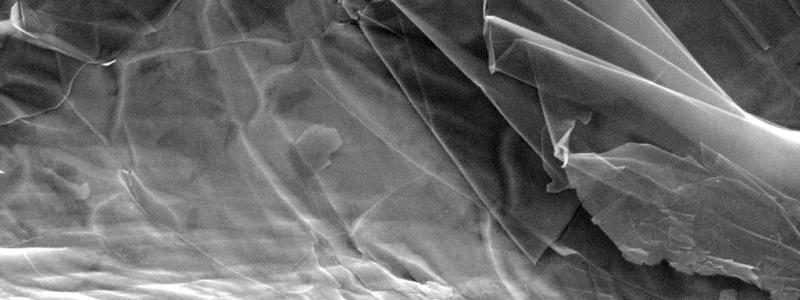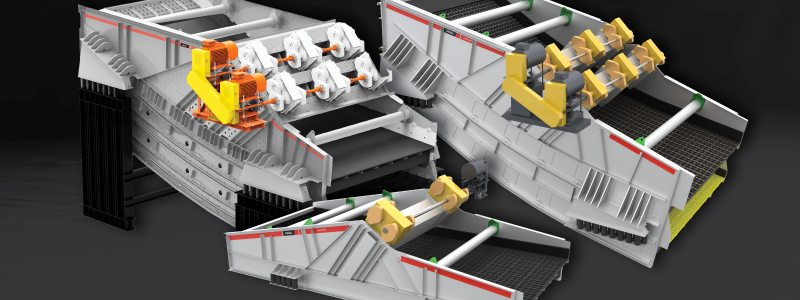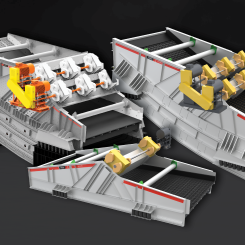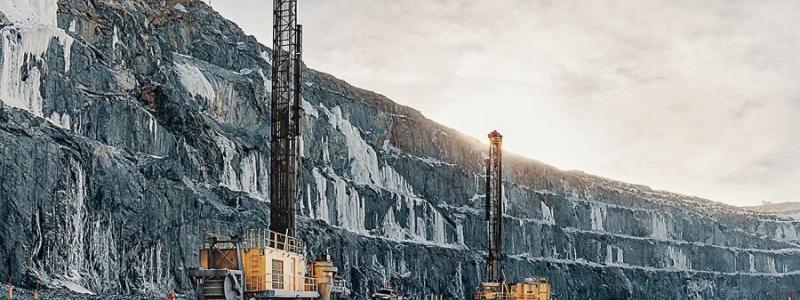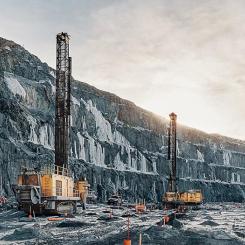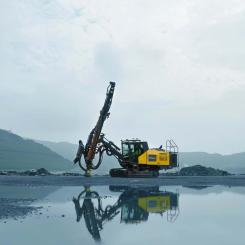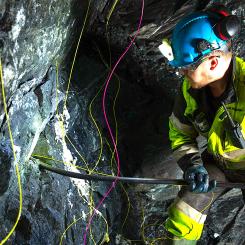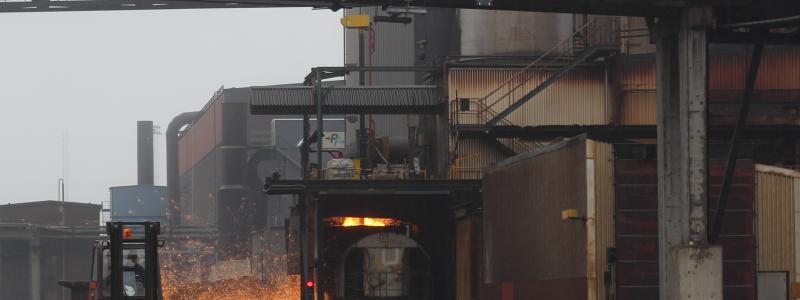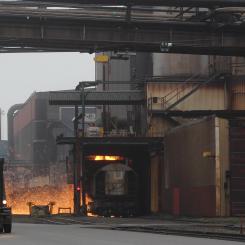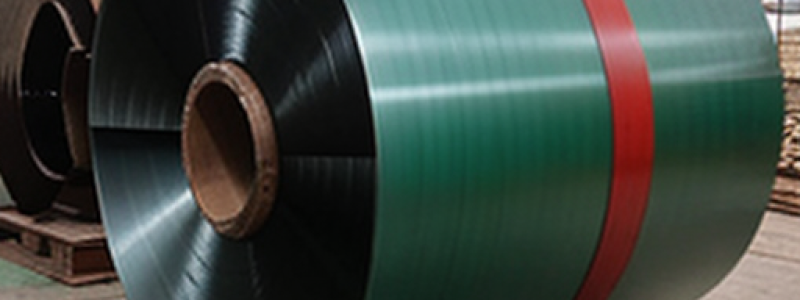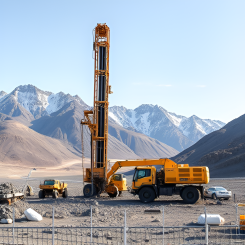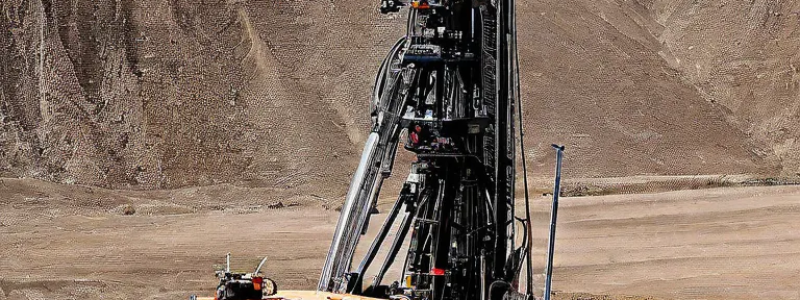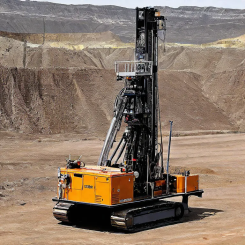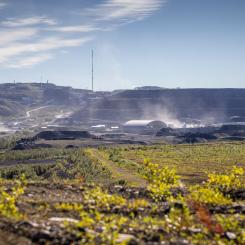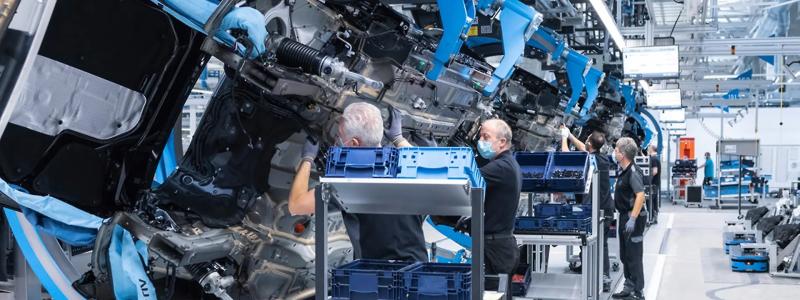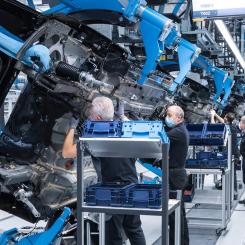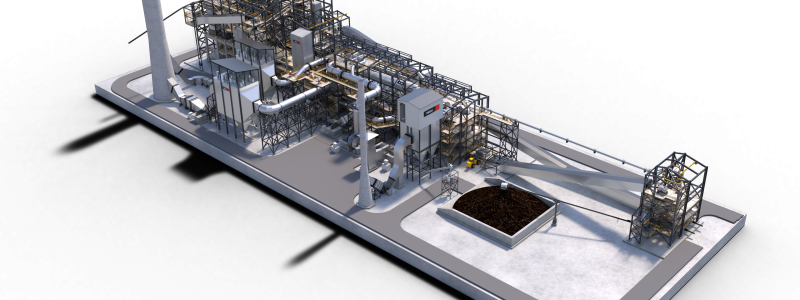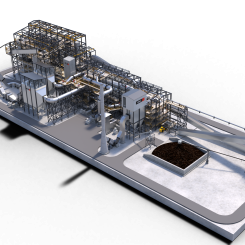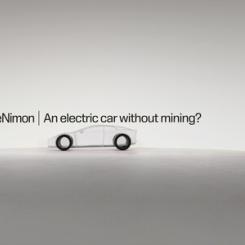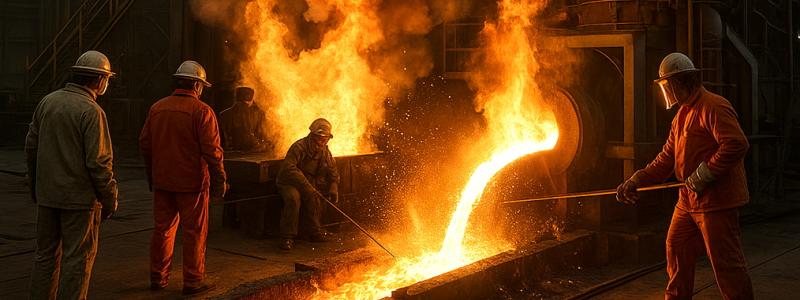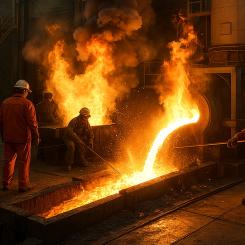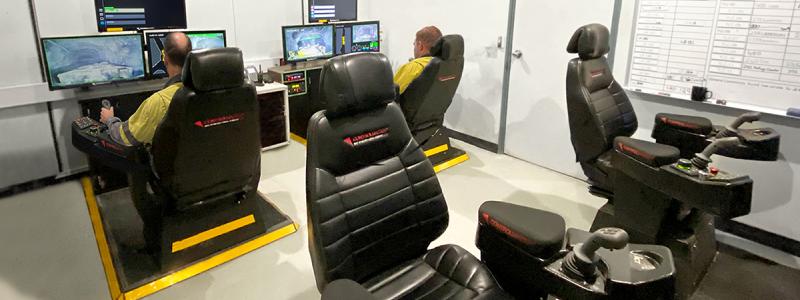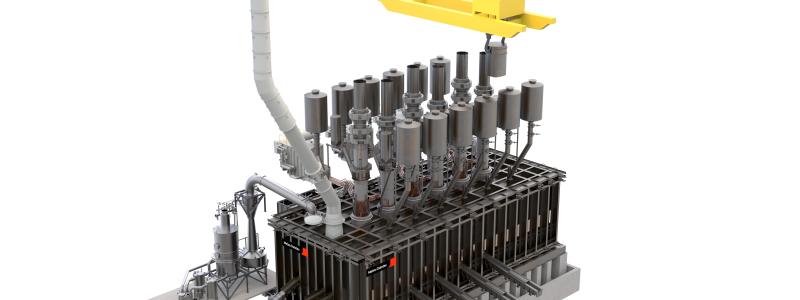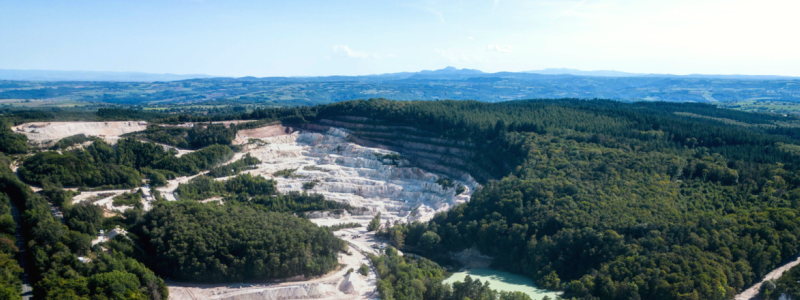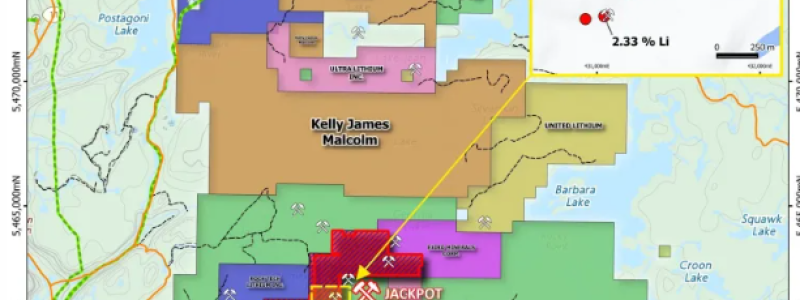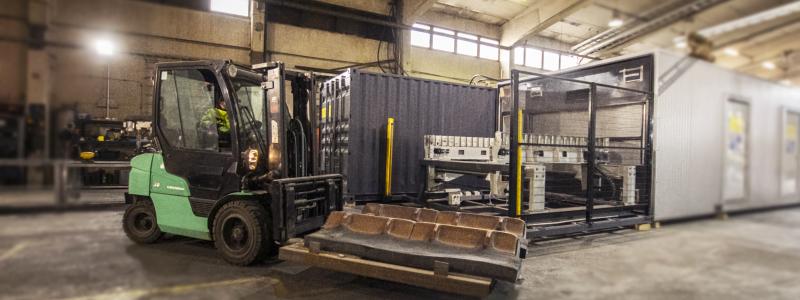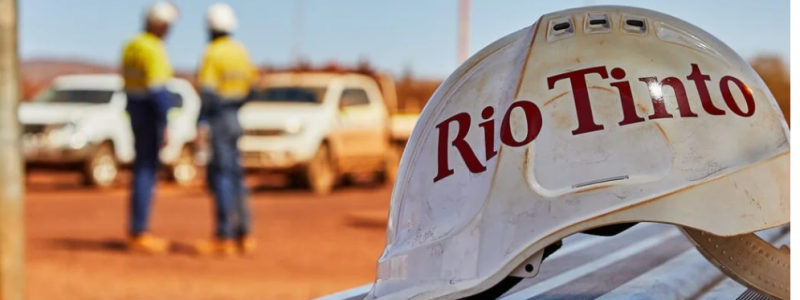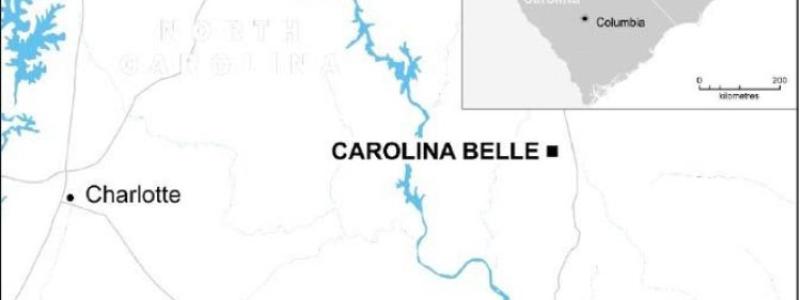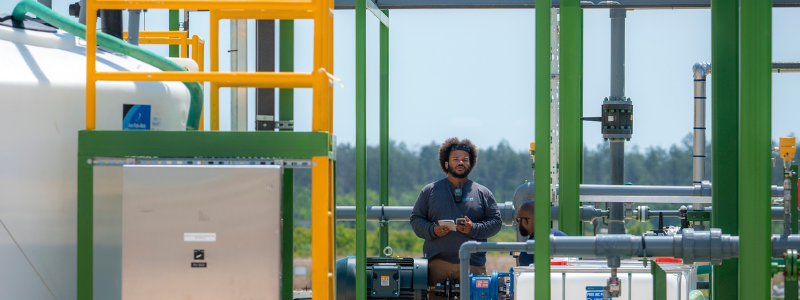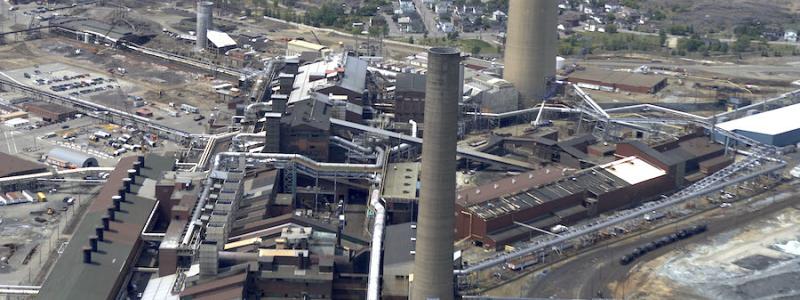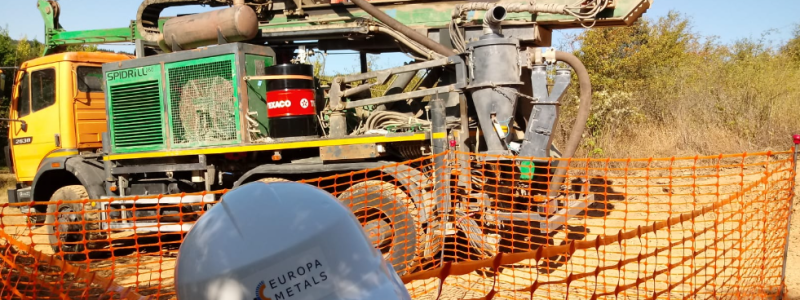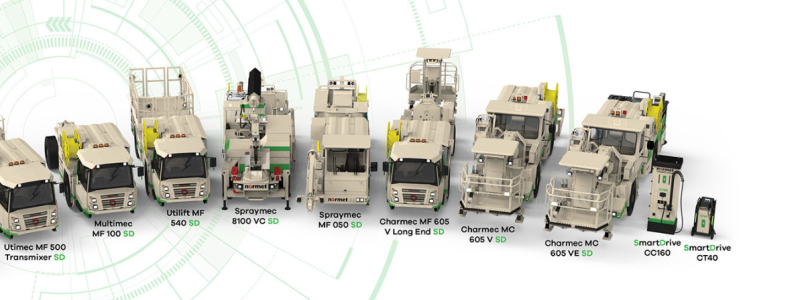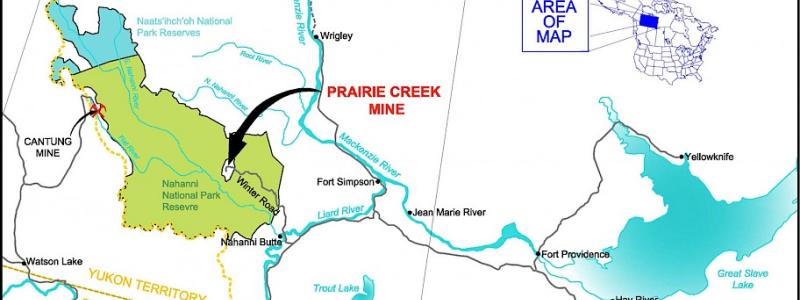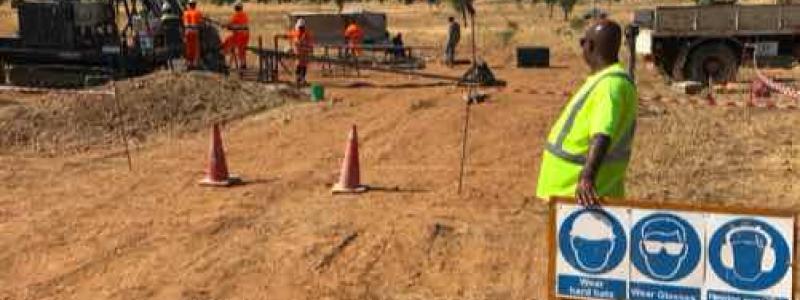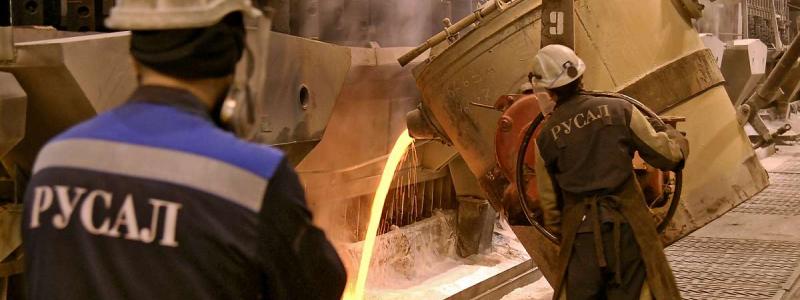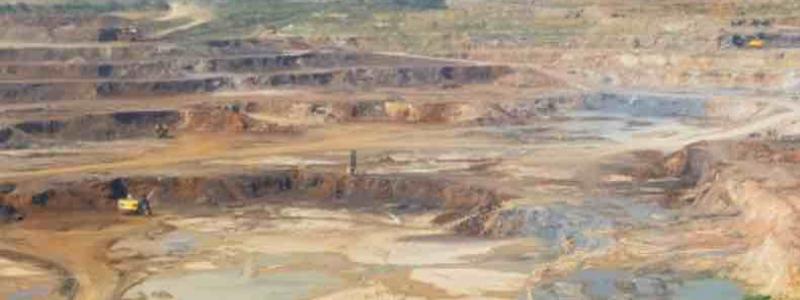Traffic is becoming more electrified and automated both on land and within the country, in mines. The increase in land transport is slowed down by rising costs. In mines, on the other hand, switching from large diesel to electric transmission means pure savings.
Goldcorp, one of the world's largest gold quarries, will save two million litres of diesel and one million litres of propane a year by electrifying its new Borden Lake gold mine in Canada. Compared to the Diesel option, the company believes that it will also save 35,000-megawatt hours of electricity as the need for ventilation is reduced.
Much of the energy costs of the underground mines - even more than half - come from air conditioning, ie the removal of diesel exhausts and explosive gases and the introduction of clean breathing air into mining corridors.
If no exhaust gases are produced and the miners do not have to go to the most difficult places, investments in automation and electrification can be justified by clear savings.
In the dimensioning of air conditioning, the mining company must also take into account the amount of heat coming from the machines, which is quite high with diesel vehicles.
Savings are already occurring during the construction phase of the mine when the gaps needed for ventilation can be built smaller and not fully built.
Electricity-based energy transfer in the mine is not a novelty. Instead, the widespread adoption of battery-powered drilling and loading machines is a phenomenon in the last couple of years. Previously, electric machines have carried hundreds of meters of power cables to power them from the grid's electrical grid.
Especially in long-running mines, the adequacy of electricity became a bottleneck in the extraction. To some surprise, some of the machine manufacturers had a shortage of battery-powered equipment for mining, even though the batteries were charged from the same grid.
For example, at low power consumption moments, drilling device batteries that have been charged have been able to gain additional power to support drilling. Much of the power consuming drilling can be kept high even if the power grid is otherwise dented.
The shifting of mining machines to electronic transmission is important for the industry. It can contribute to the performance of machines, for example through improved manoeuvrability. It improves working conditions and reduces mining climate emissions. It can in itself increase the profitability of the mine.
However, electrification is not the biggest thing in mining development. Data and automation are the big pictures of the industry's development. The electrification of vehicles and machinery is one of the means by which mining companies and technology developers such as Sandvik strive to build automated, or virtually unmanned, mines operated under a large amount of data produced underground.
Electricity affects the working environment, emissions and the economy, but they do not have a direct impact on automation or data flows. Instead, it is important for the automatic use of the device that the electrically driven device can be controlled and positioned very accurately, in principle, in millimetres. Companies have had autonomous, self-propelled robot equipment for 20 years. They have been driving for over 20 million hours.
The Borden project has the potential to further enhance the long-term economics of Porcupine. All material required permits, including the Advance Exploration permit, have been received to allow for the construction of a ramp into the deposit and the extraction of a 30,000-tonne bulk sample.
The ramp design for the purpose of the bulk sample is expected to be sufficient for ultimate mining purposes. The underground platforms developed from the ramp access will further support exploration drilling of a deposit that remains open at depth and laterally.
A final feasibility study is expected to occur by the end of the first quarter of 2019 after the completion of a bulk sample. With the expected ramp completion and minimal additional infrastructure required for full-scale mining, the company expects to reach commercial production six months following bulk sample extraction.

